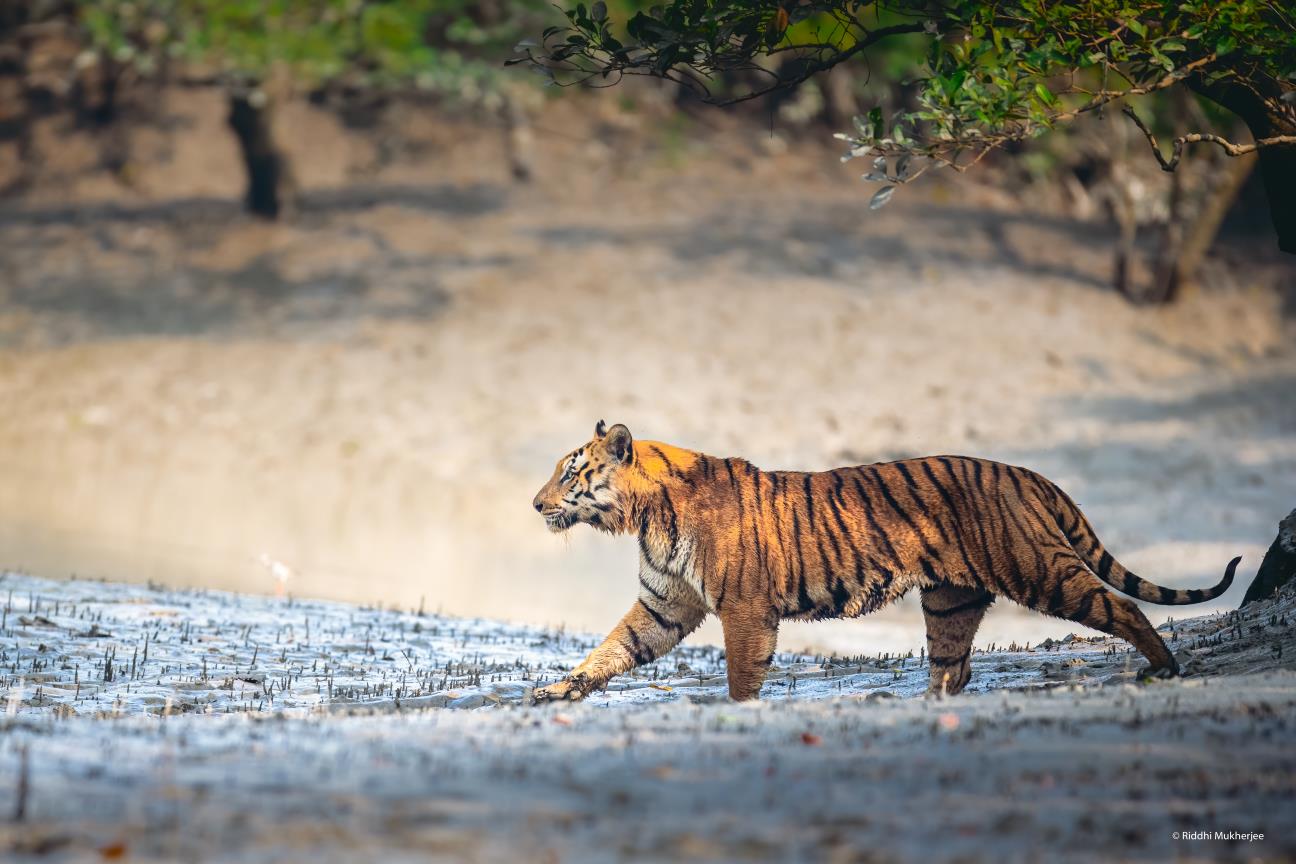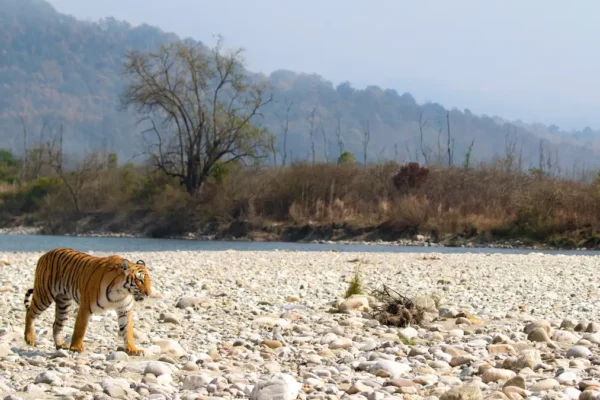Living in Harmony with Nature
The Sundarbans, a UNESCO World Heritage site, is renowned for its unique ecosystem and the majestic Royal Bengal Tigers. However, equally fascinating are the local communities that inhabit this extraordinary region. The people of the Sundarbans have developed a deep connection with their environment, learning to coexist with the rich biodiversity that surrounds them.
Traditional Livelihoods
The primary occupation of the Sundarbans’ inhabitants is fishing. The intricate network of rivers and estuaries provides a bountiful harvest, sustaining the local economy. Additionally, honey collection from wild bees is another significant livelihood. The honey collectors, known as “Mawalis,” brave the dense mangrove forests, showcasing their skill and courage in an area where tigers roam freely.
Agriculture is also a critical part of their daily life. The fertile deltaic soil supports the cultivation of rice, pulses, and vegetables. Despite frequent challenges such as cyclones and floods, the resilience of the people ensures that farming continues to be a vital source of sustenance.
Unique Cultural Practices
The Sundarbans’ culture is a vibrant tapestry woven with traditions passed down through generations. One of the most distinctive aspects is the worship of Bonbibi, the forest goddess. Bonbibi is revered as the protector of the forest and its people. Before venturing into the forest, locals offer prayers to Bonbibi, seeking her blessings for safety and protection from the dangers within, particularly tigers.
Festivals play a crucial role in the social fabric of the Sundarbans. Durga Puja, celebrated with immense fervour, showcases elaborate decorations and traditional music. The Gajan festival, dedicated to Lord Shiva, involves colourful processions and ritualistic performances, reflecting the deep-rooted spirituality of the community.
Local Crafts and Cuisine
The artistry of the Sundarbans is reflected in its traditional crafts. Intricately woven mats, baskets, and fishing nets made from local materials are not only functional but also aesthetically pleasing. These crafts provide an additional source of income for many families, keeping traditional skills alive.
The culinary heritage of the Sundarbans is equally rich. Freshwater fish, crabs, and prawns dominate the local diet, cooked with a blend of spices that create unique flavours. Dishes like “shorshe ilish” (hilsa fish in mustard sauce) and “bhapa chingri” (steamed prawns) are popular delicacies. The use of locally sourced ingredients ensures that the cuisine is both sustainable and deeply connected to the land.
Coexisting with Challenges
Life in the Sundarbans is not without its challenges. The threat of natural disasters, human-wildlife conflict, and the impact of climate change are constant concerns. However, the resilience and adaptability of the local communities are remarkable. They have developed strategies to mitigate these risks, such as building raised homes and developing early warning systems for cyclones.
Experience the Sundarbans with Just Nature Expeditions
Discover the rich culture and traditions of the Sundarbans with our Sundarbans Expedition. Our expert-led tours offer a unique opportunity to immerse yourself in the daily lives of the local communities, explore their crafts, taste authentic cuisine, and witness their harmonious relationship with nature. Join us on an unforgettable journey to the Sundarbans and experience a world where tradition and nature are intricately intertwined.





